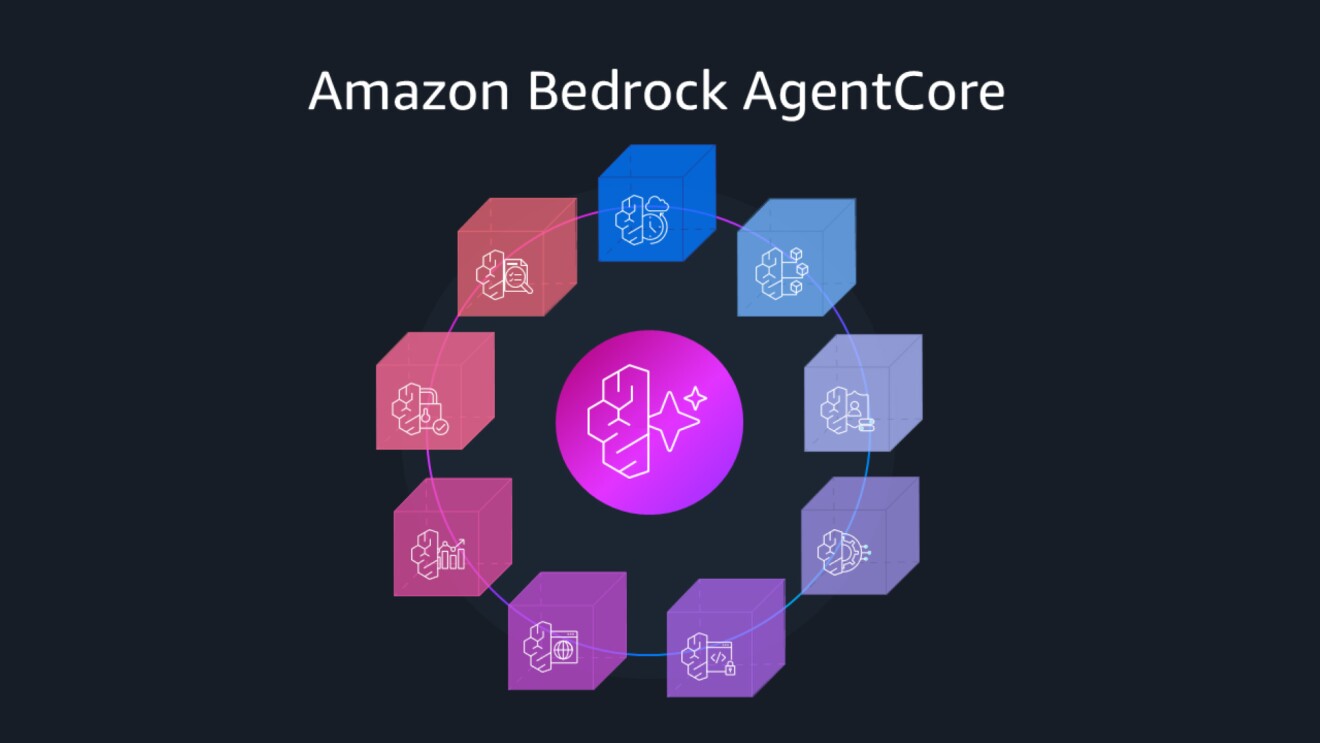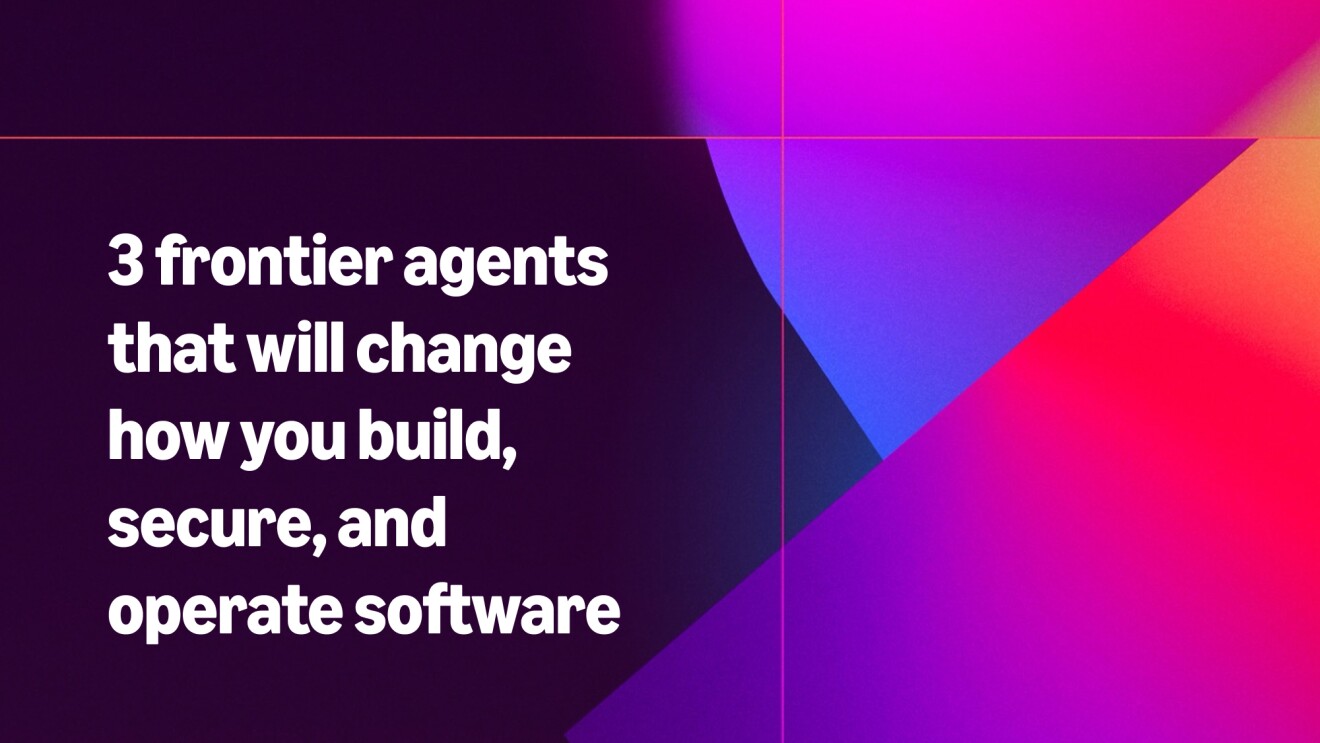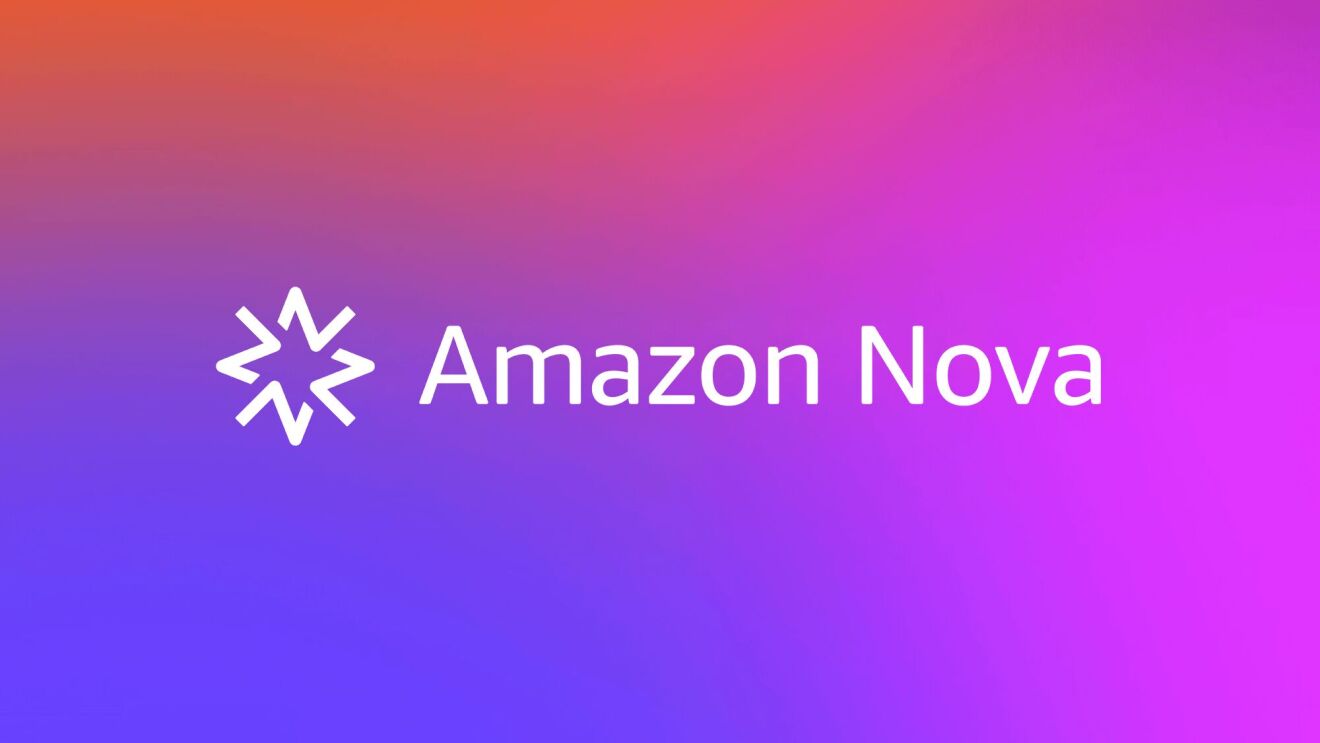Don’t let the Victorian costumes and antique treasure hunting fool you—PBS is among the most innovative media companies operating today. From launching its Screens on the Green short-form virtual reality (VR) film festival to streaming your favorite bespectacled aardvark, Arthur, and providing classroom lessons both online and offline, PBS is continuously finding new ways to serve its audience and partners.

But unlike for-profit media companies, PBS is publicly funded and supported through donations from all of us. Resources are constrained, and the PBS mission—to distribute content from its headquarters in Arlington, Virginia, and from 330 member stations across the country to everyone, no matter their means—is massive and massively complex.
That’s where PBS’ longstanding relationship with AWS has been a success.
As Ira Rubenstein, chief digital and marketing officer at PBS, said in a recent segment of the AWS series The Big Idea, “AWS helped us figure out how to bring 300-plus local stations onto a single platform and work on any device … Working with AWS and the cloud enabled us to actually—cheaply—reach scale.”

Using the cloud, Rubenstein and his team developed a variety of solutions to extend the reach of member stations through distribution models. For example, producers might use Amazon Simple Storage Service (Amazon S3), a scalable data storage service, to share their content so it can be reviewed, edited, and scheduled. In addition, producers can share live local streaming content with member stations with a solution that uses AWS Media Services (a collection of media services, software, and appliances developed to make creating, transforming, and delivering digital content fast and easy).
The on-demand viewing solution makes programming available from the PBS website and app. The offering is built using AWS products such as Amazon S3, Amazon CloudFront (a web service that speeds up content distribution using edge locations), and AWS Media Services. Customers’ viewing recommendations are personalized using machine learning solutions. And PBS works with other streaming services, like Amazon Prime, to offer channels for different audiences. Of course, if internet access is unavailable, PBS still provides traditional broadcast for watching programming “over air.”

“The cloud is a critical way for PBS to optimize its user experience and deliver on its mission to be a trusted window to the world,” Rubenstein said.
And while PBS has a unique mission and structure, its example is one many organizations can learn from. What PBS represents is an organization that is willing to try new things. They are innovating and looking for new ways to serve their viewers, stakeholders, and beneficiaries.
From a nonprofit organization and media company perspective, they are ahead of the curve. They are constantly innovating. The cloud allows them to experiment. It allows them to be innovative, to not invest a tremendous amount of money up front until they know something works and interests their viewers.
Their success all starts with the PBS team’s drive to experiment and constantly improve. Yet another way PBS is teaching all of us.
Trending news and stories









